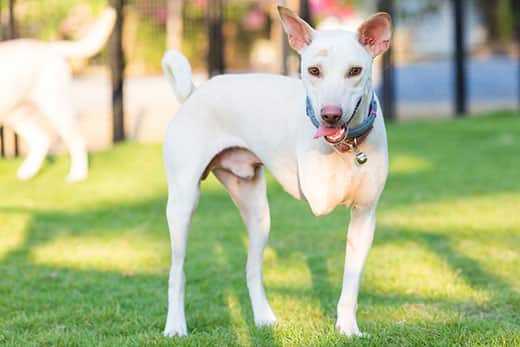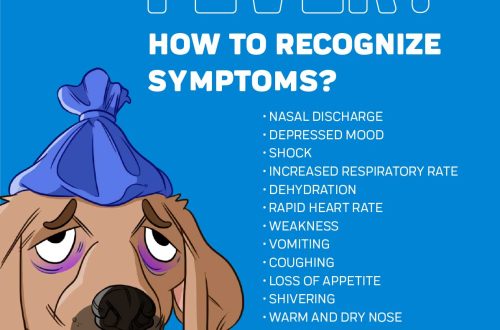
What to expect if a three-legged cat or three-legged dog appears in the house
If a dog or cat with three legs has taken over the heart, it is important to think about how to provide it with proper care. How will she move? Will she need special equipment, such as a support harness for three-legged dogs?
Contents
Pets with three paws
Since dogs and cats tend to live in the present, they easily accept new situations and quickly adapt to them. Also, in most cases, they endure amputation quite calmly. In fact, as Petful points out, pet amputations tend to be more distressing to their owners than to the pets themselves.
When the source of the pain or disease disappears, animals tend to quickly adjust to the loss of a paw. They often regain full mobility in a short time, although they may occasionally need assistance on stairs and uneven surfaces, and additional support as they age. But, if you help your pet maintain a normal weight and pay special attention to the health of the joints, the three-legged friend will remain mobile and active until old age.
Questions to ask before a dog or cat without a paw enters the house
When considering getting any pet, it is important to ask questions about its breed, temperament, exercise needs, grooming needs, etc. Before a three-legged cat or three-legged dog is in the house, it is important to clarify the following points:
- How old is the pet? Does he have joint problems or other age-related conditions that may affect mobility?
- What caused the amputation? If it was a disease, such as cancer, you need to study information about it to see if a relapse can occur and what signs to look for. Some conditions may even require you to switch to a specific therapeutic diet, such as maintaining a healthy weight. If the owner does decide to take the three-legged bundle of joy into their home, it is imperative to consult with a veterinarian before starting any special medicinal products or supplements.
- Which paw was amputated: front or back? “The front legs carry about 60% of a dog’s weight,” says the Animal Best Friends Society, so if a dog has one of its front legs amputated, it’s important to limit the load on the remaining forelimb. Dogs without a front leg and older three-legged pets may need a four-wheeled wheelchair or a supportive harness.
- Does your pet need any painkillers? While most XNUMX-legged cats and dogs are fully recovered by the time they are placed in a shelter, some may still experience phantom pain that needs to be alleviated. This is usually done through a combination of methods such as medication, physical therapy, or using a heated bed. You need to talk to the shelter staff about your dog’s pain syndrome, and after the pet is home, you need to consult with a veterinarian about the most appropriate course of treatment.
Cat or dog disabled in the house: preparation
Before bringing a new pet home, you should make the following simple changes to your home:
- Place rugs or carpets on parquet and tile floors and other smooth surfaces to make it easier and safer for your pet to move around.
- Block the cat from jumping on shelves, refrigerators and other high surfaces. Cats with missing limbs can injure themselves when trying to climb or climb down. You can put a low cat tree so that the pet has a comfortable perch at a low height. Even with three legs, cats can be excellent jumpers.
- Before bringing home a three-legged pet, you need to make sure that the windows are closed and block access to balconies and other outdoor areas. It is best to keep your three-legged dog or cat indoors where it will be protected from potential dangers, such as wild animals or other pets that may want to fight.
- If the dog is large, it is better to use a food and water bowl holder so that he does not have to bend over when he eats and drinks. In large dogs with three legs, stooping can lead to loss of balance.
- Buy your pet a thick, padded orthopedic bed to relieve pressure on the amputation site and provide him with the necessary comfort.
- For a cat, it is better to choose a tray with low sides and place it where the cat can climb into it without jumping and climbing.
- For a cat or small dog, you can put a ramp or ladder in front of the bed or sofa to make it easier for them to climb.
Making these changes will help your pet adjust to the new environment more quickly.
Disabled cat or dog: care
The needs of a three-legged dog or cat, like any pet, will change with age. The owner will help keep them mobile throughout their lives if they carefully monitor the weight and health of the pet’s joints.
Here’s where to focus your long-term care efforts:
- Regular physical activity. For three-legged pets, it is extremely important to have strong trunk muscles in order to maintain good balance and not transfer excess weight to the remaining paws, writes Tripawds. For disabled dogs, short and frequent walks will be easier and more effective than infrequent and long walks. For pets with missing limbs, swimming is a great exercise because it takes the pressure off the joints – most importantly, make sure they stay in shallow water. A three-legged dog should be allowed to run and play in the backyard or dog park. For cats, Catster suggests encouraging them to stand up on their hind legs with a feather toy to strengthen their muscles, or lure them onto a swing board or balance beam. It is important to stop in time if it seems that the pet is tired.
- Weight control. Maintaining a normal weight is very important for any pet, but for three-legged pets, getting rid of extra pounds that put pressure on the joints and muscles of the paws is of critical importance. In addition to regular physical activity, it is important to ensure that you do not overfeed your pet. You should talk to your veterinarian to find out if your three-legged friend can use a medicated food formulated specifically to maintain normal weight or improve mobility.
- Auxiliary vehicles. Even in pets with all paws, joint problems, loss of strength and mobility can begin with age. And if it becomes increasingly difficult for a three-legged pet to move around, you can think about using a special support harness. She will help him go to the toilet, go up or down the stairs. Large, heavy dogs or pets with severe mobility impairment may require a wheelchair. Although such a change may seem too drastic, four-legged friends, as a rule, quickly adapt to the use of wheels and begin to deftly maneuver with the new device as well as other pets.
Caring for three-legged furry friends is not so different from caring for healthy animals. Amputee pets can give a lot of love and know how to enjoy life no less than any other dog or cat.





